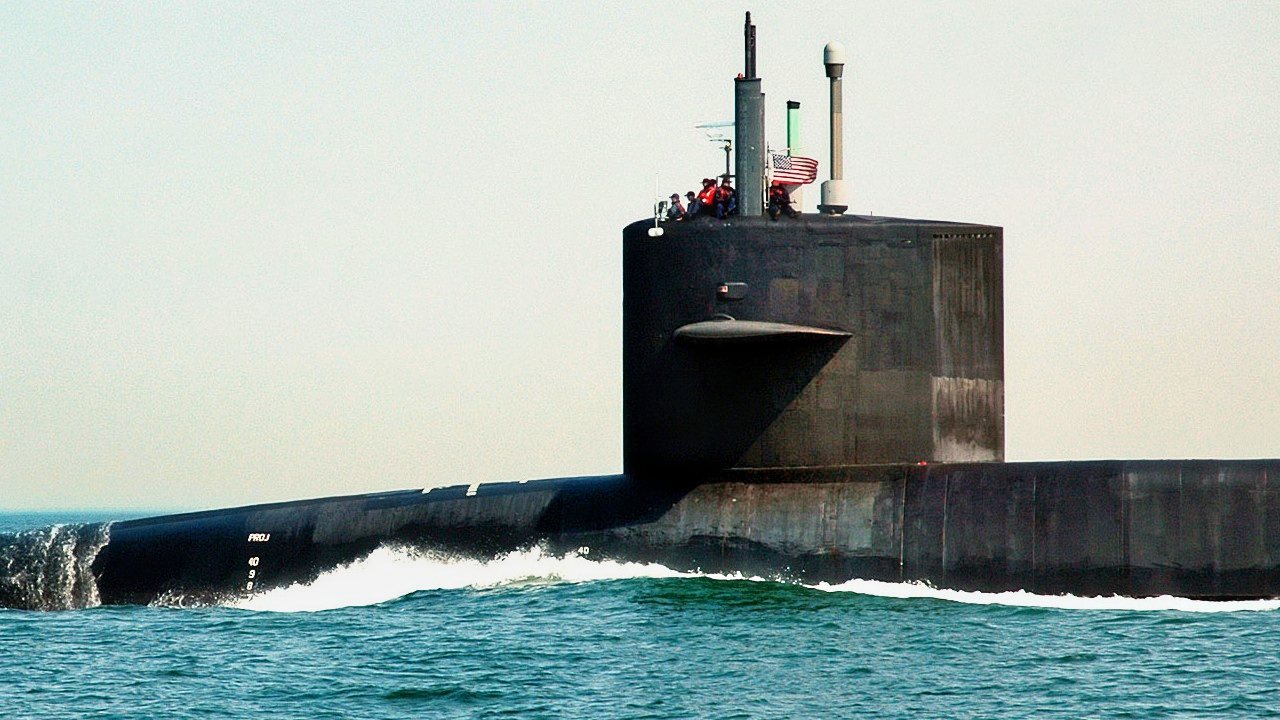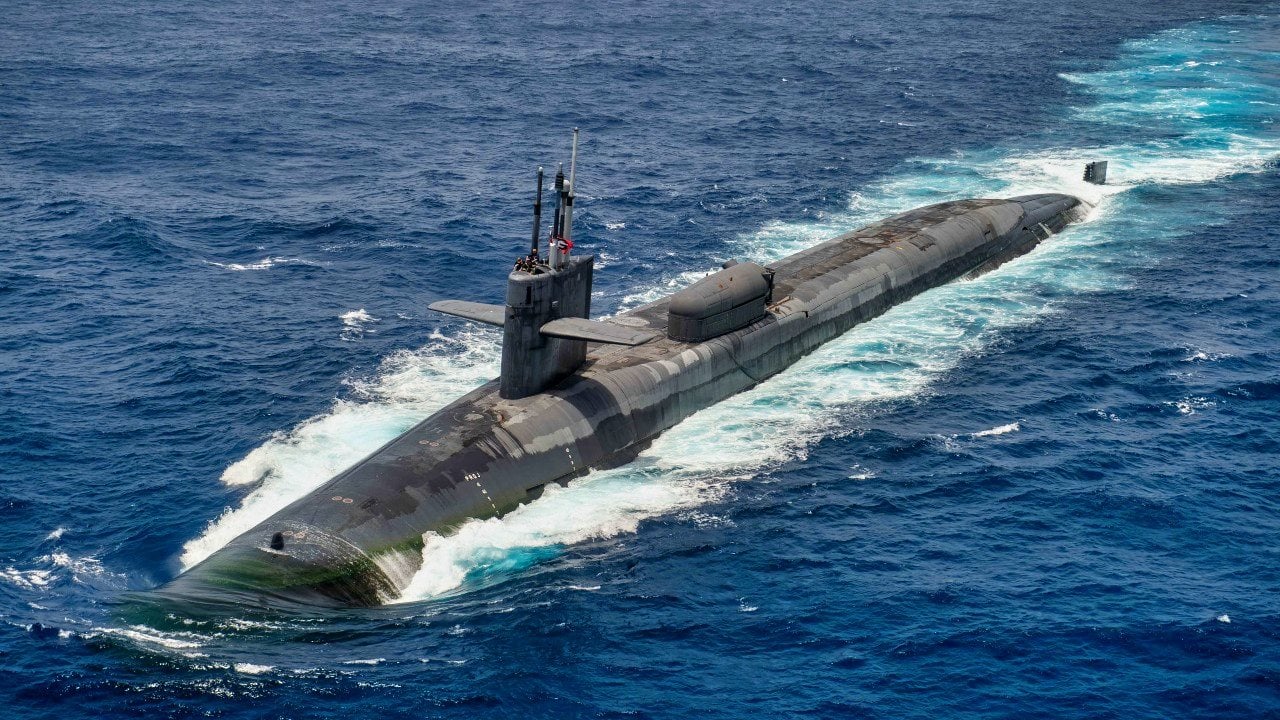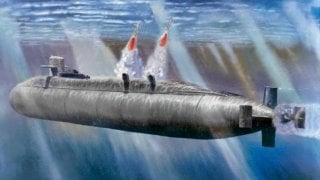Navy's Columbia-Class Submarine: Something No Nation (Like China) Can Match
Submarines, including the upcoming Columbia-class, are a key part of U.S. deterrence against China and other near-peer adversaries.
Summary: Submarines have been pivotal in military operations since World War I, capable of attacking ships, launching missiles, and carrying nuclear warheads. The U.S. Navy's Columbia-class submarine program is a top priority, set to replace the aging Ohio-class subs.

Columbia-Class Submarine: What You Need To Know
-These new subs will be the largest in Navy history, featuring 16 missile tubes, advanced stealth, and a 42-year lifespan.
-With a price tag of $8.5 billion per sub, the program underscores the Navy's focus on maintaining a strong naval force, particularly due to potential conflicts with China.
Meet the U.S. Navy’s Newest Powerhouse: The Columbia-Class Submarine
Since World War One, when undersea warfare came of age, submarines have been playing a key part in military operations.
Today, submarines can take out other military and commercial shipping with torpedoes, deliver cruise and ballistic munitions against ground forces, and even destroy whole cities through nuclear warheads.
For example, Russian submarines in Ukraine are playing an integral part in Moscow’s long-range strike campaign against Ukrainian cities and critical infrastructure.
Highlighting the importance of submarines to modern naval operations, for more than a decade, the U.S. Navy has been identifying the Columbia-class shipbuilding program as the most important, ahead even of the Ford-class aircraft carrier.
The Columbia-class Submarine: The Best SSBN Ever
A high-classified program, the exact capabilities of the new class of submarines are shrouded in secrecy. However, since the vessel will be replacing the aging Ohio-class ballistic missile subs, we can make some inferences, and some details are known.
To begin with, the sub will include 16 tubes for ballistic missiles (down from the 24 in the Ohio-class ships). It will also include all the latest technology and stealth design to make it as quiet as possible. At around 560 feet, the Columbia-class will be the largest submarine in the history of the Navy. In terms of lifetime, the Navy expects it to last 42 years, two 20-year operational periods with a two-year refueling break in between, or around 124 deterrent patrols.
The Navy has three types of submarines: nuclear-powered attack submarines, nuclear-powered cruise missile submarines, and nuclear-powered ballistic missile submarines. Although all three are powered by nuclear power and can sail anywhere in the world as long as they have victuals, only the last type, ballistic missile subs, carry nuclear warheads and are part of the U.S. military’s nuclear triad deterrence. As a ballistic missile ships, the Columbia-class subs will pack nukes.
The Navy plans to buy 12 subs of the type. Each submarine will come with a price tag of approximately $8.5 billion. Overall, the Government Accountability Office (GAO) has estimated that the program, including research and development, will cost around $115 billion.
Despite of the cost, the Navy continues to spend big on its naval forces. Take, for example, fiscal year 2024. The Navy plans to build surface combatants and submarines worth about $33 billion, including one Columbia-class ballistic missile submarine, two Virginia-class attack submarines, two Arleigh Burke-class destroyers, and two Constellation-class frigates.
A Strong Navy Thanks to Columbia-Class
Why a strong navy you might ask. In one word, China.
The possibility of a future conflict with China in the Indo-Pacific remains high. And the area of operations is mainly water.

Beijing has repeatedly reiterated its goal of unifying with Taiwan through peaceful negotiations, if possible, or by warfare. Taiwan is an important U.S. partner in the region, and its independence is key. Besides upholding liberty and the rule of law, Taipei’s independence is strategically important because of the system of alliances and partnerships that buttress U.S. interests in the region.
Submarines, including the upcoming Columbia-class, are a key part of U.S. deterrence against China and other near-peer adversaries.
About the Author
Stavros Atlamazoglou is a seasoned defense journalist specializing in special operations and a Hellenic Army veteran (national service with the 575th Marine Battalion and Army HQ). He holds a BA from Johns Hopkins University and an MA from the Johns Hopkins School of Advanced International Studies (SAIS). His work has been featured in Business Insider, Sandboxx, and SOFREP. Email the author: [email protected].


